Tri-Force Jiu-Jitsu Academy (Shinjuku, Tokyo, Japan)
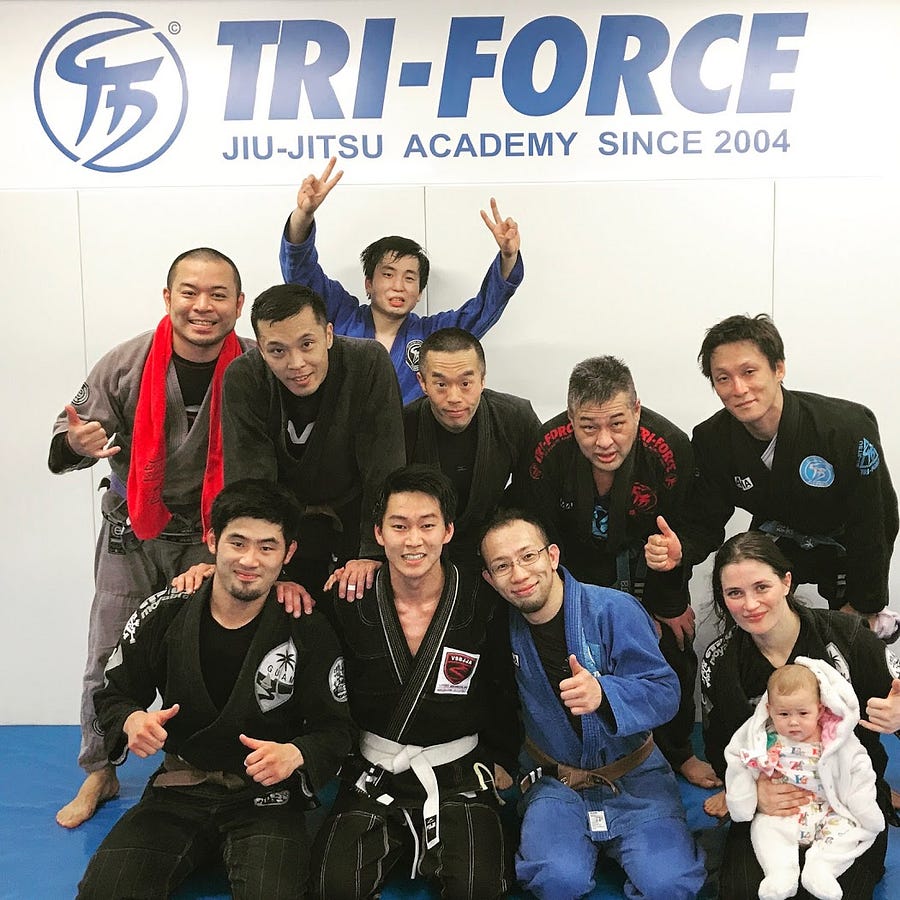 <<Feat. Jiu-Jitsu baby>>
<<Feat. Jiu-Jitsu baby>>Please don’t forget to follow me on Instagram for recent updates: @jwwseo
City
Tokyo, Japan’s capital, is the most populated city in the world. The city is known for its famous nightlife, shopping, and culture. Whether you are shopping for your wardrobe in Ginza or for electronics and anime in Akihabara, Tokyo provides you with an unlimited offering to fulfill your shopping spree. After shopping, you could head out to enjoy Japanese night life in Roppongi or Shinjuku filled with karaokes, izakayas, and clubs. My two weeks in Tokyo were not enough to fully appreciate everything that Tokyo has to offer.
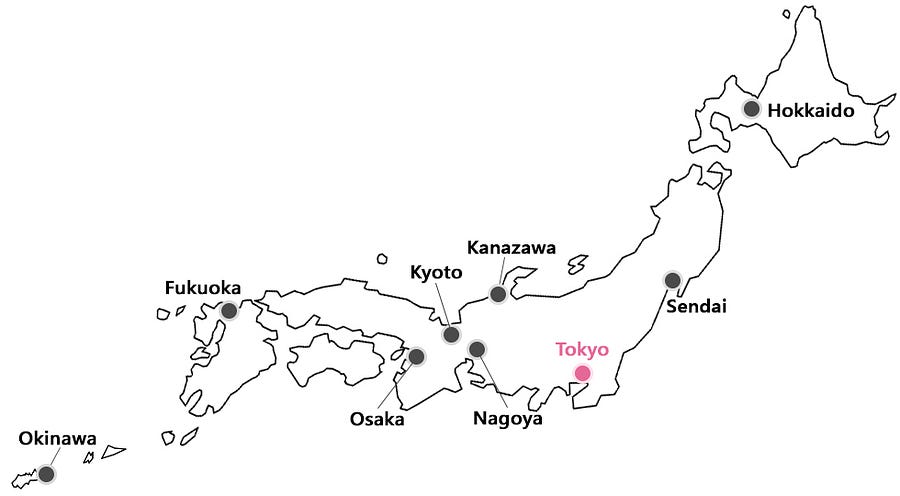
Overview
Tri-Force Shinjuku is the second Tri-Force affiliate gym in Tokyo. Considering how massive Tokyo is, it is not surprising that it has another academy in the same city. Because of my previous positive experience at Tri-Force Academy in Shinjuku, I had no doubt that the quality of instructors and students would be anything less than great. As mentioned previously, Tri-Force Academy focuses solely on BJJ Gi classes, and it did not offer no-gi or MMA related classes.
Given that Shinjuku is a commercial and administrative hub of Tokyo, it was common for Tri-force Shinjuku to host foreign visitors and expats. The academy provided a welcoming and friendly atmosphere for visitors. One of the classes I attended, there even was a Jiu-Jitsu baby waiting for her expat parents to finish training.
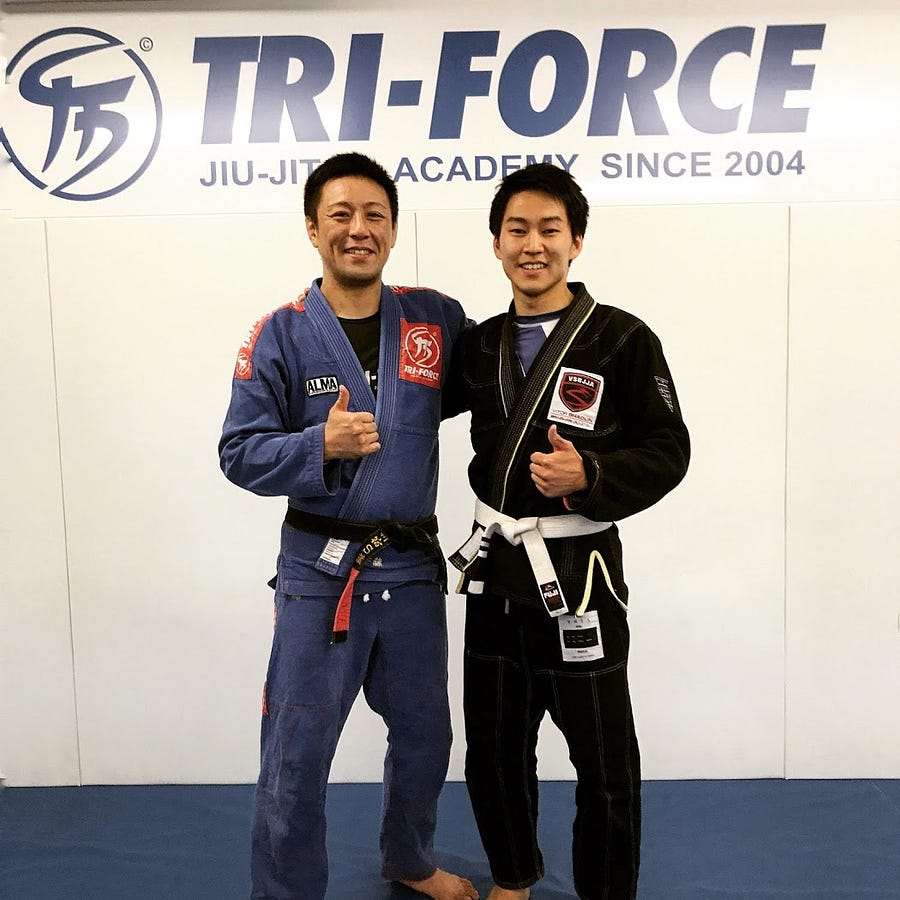
I realized that all Tri-Force academies follow a strict guideline for their curriculum to maintain consistency and control the quality of the instructions regardless of the academy location. The consistency across the academies was beneficial for a BJJ Globetrotter like myself as it provides stable environment for training while traveling. During my visit, we mainly focused on a single leg X guard position.
One thing that stood out while training in Japan was an obsession with minor details of the technique. For example, Japanese BJJ classes tend to focus on applying adequate body pressures and having correct hand positions and grips. Japan’s distinctive focus provided me with new perspective on my game. Combined with high quality instructions and decent sparring sessions, you should not miss out training at Tri-Force Shinjuku after shopping and consuming unforgettable Japanese cuisines in Tokyo.
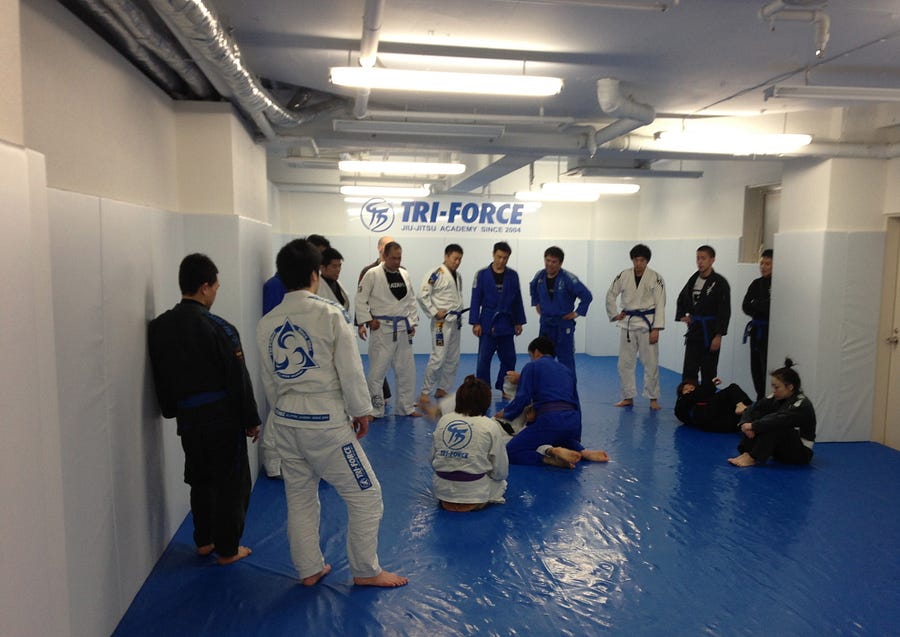
Location
Tri-Force Shinjuku is located near the Shinjuku station that is accessible via five JR (Japan Railways) East lines and six private railway lines. There also are bus stations adjecent to Shinjuku station. You should not have a problem getting to Shinjuku station from any location in Tokyo. Please be aware that Shinjuku station is the busiest train station in the world that handles 3.6 million passengers per day with over 200 exits. The gym is about 900m (0.56 mile) north of the train station, and it is located in the basement of the building with a separate entrance leading to the academy. It is not easily recognizable at first glance, but it is not too challenging to locate the facility. Although the public transportation system in Tokyo is well-established, I would recommend you to plan ahead as Tokyo is 2.8 times size of New York City (Google Map: Link)
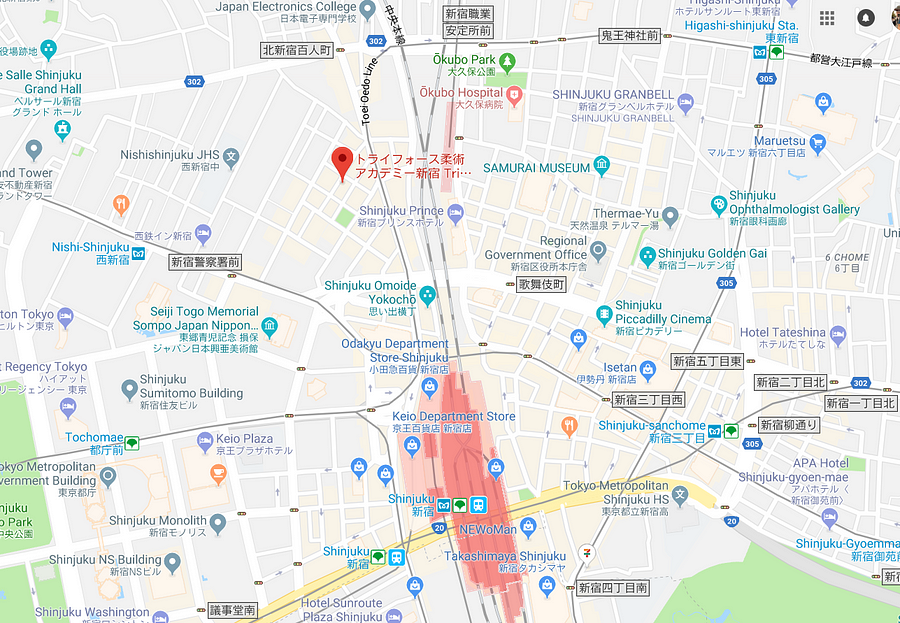
Facility
Tri-Force Shinjuku’s facility included a mat space, locker rooms for men and women, and showers equipped with shampoo and body soap. The training space was compact, but it was understandable given that the gym was located in the heart of Tokyo. Unlike other Tri-Force academies, Shinjuku location also included a weight training area that is open to all members.
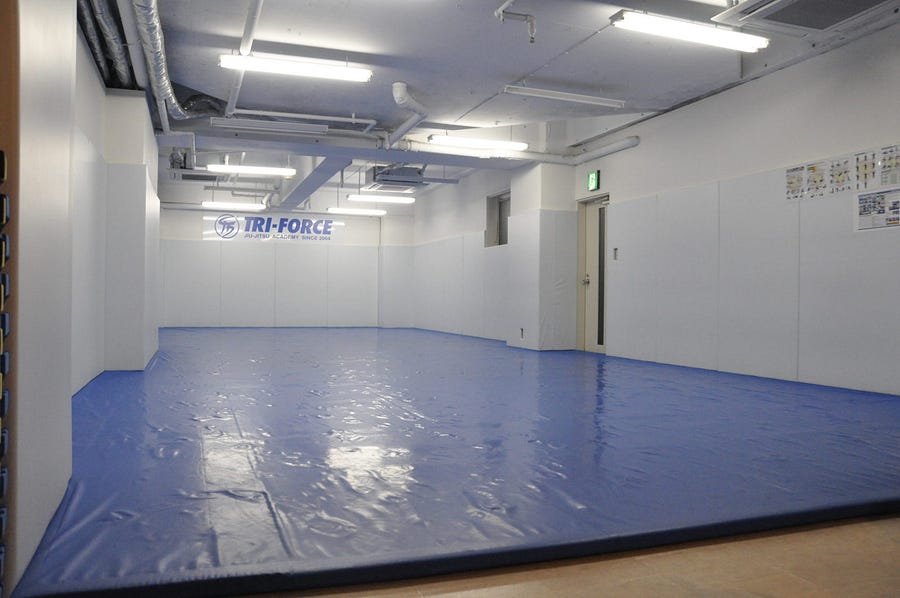
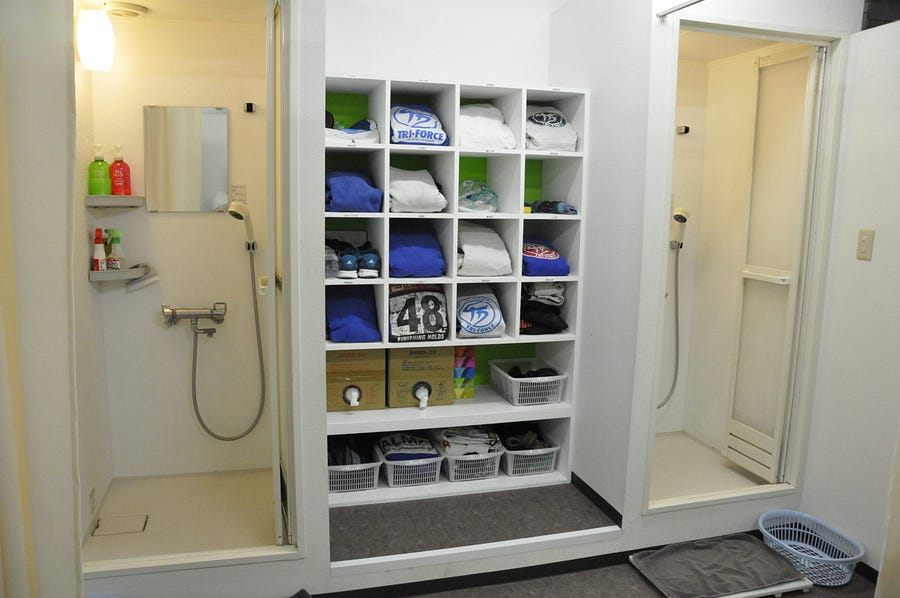
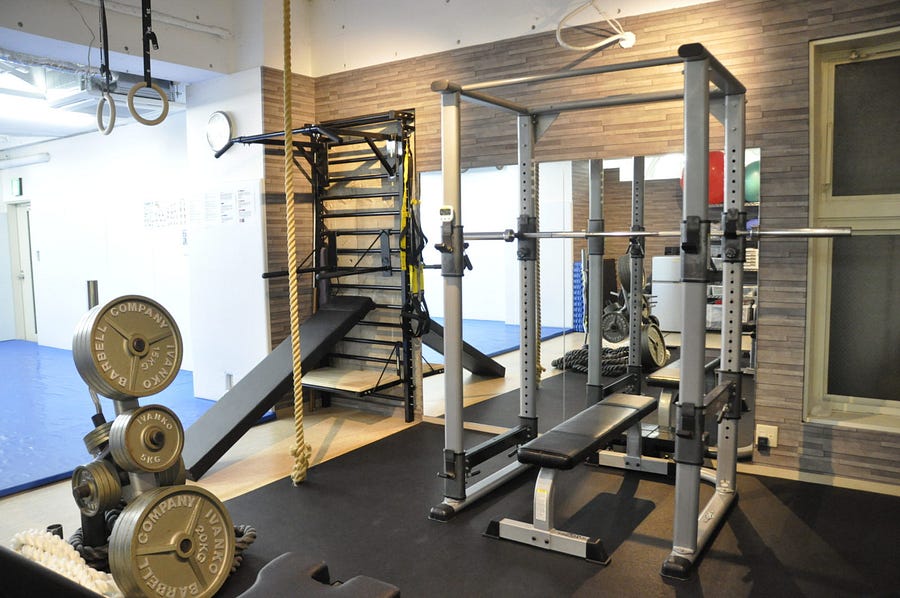
Schedule
Tri-Force Shinjuku has a schedule posted online which shows training sessions day by day. The gym is open everyday offering morning classes at 11am and evening classes at 7:30pm. The classes are mainly focused on Gi classes, and no-gi classes are not offered in this location. The academy is closed on certain days due to competitions and other reasons so be sure to confirm on Tri-Force Shinjuku’s website beforehand. (Schedule: Link)
Visitor Fee
Like other Tri-Force affiliates, drop-in fees are quite pricey. You can either pay in cash in person or pay in advance via Paypal. Please see the link for the online payment: Online Payment
<<Exchange Rate: ¥1000 =~$9.1 USD as of February 8th, 2018>>

Miscellaneous
Tri-Force BJJ Academy has an English website which you might find helpful: Link
Tourist Attractions
- Ryōgoku Kokugikan — Sumo is a national sport of Japan. There are six tournaments every year: Three in Tokyo (January, May and September), one each in Osaka (March), Nagoya (July) and Fukuoka (November) which lasts 15 days per tournament. If you happen to be in Tokyo during this time, I would highly recommend submerging yourself in a classic Japanese sumo match.
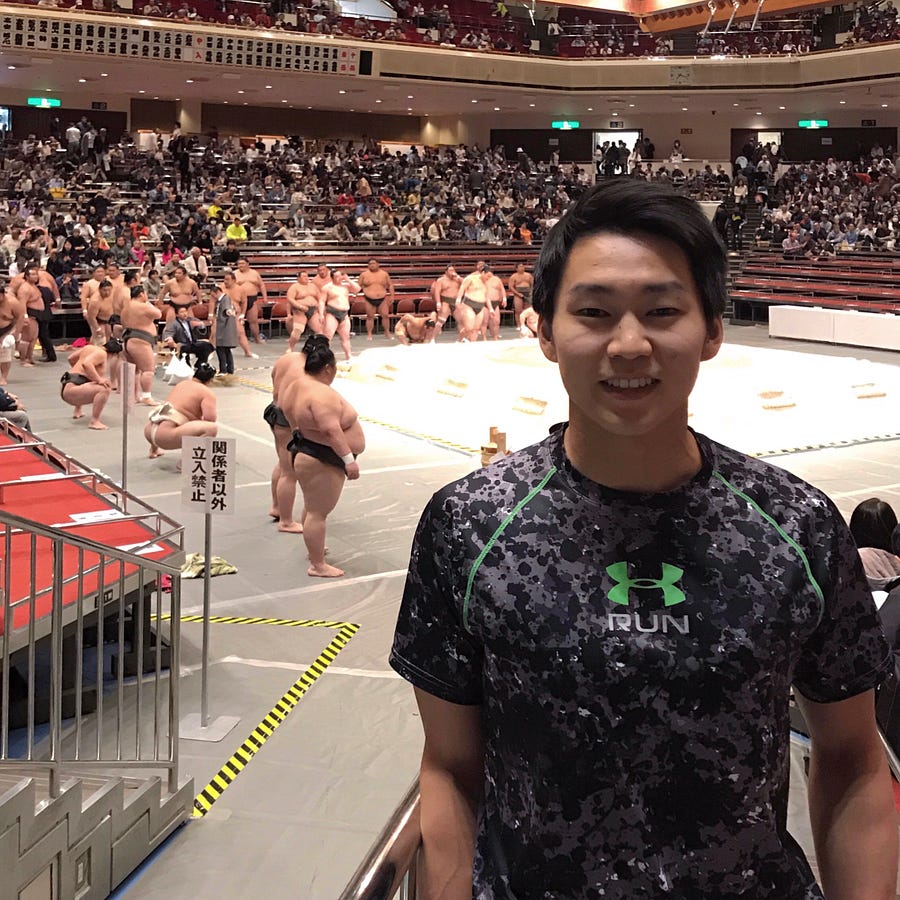
- Kodokan Judo Institute — It is the headquarter of the worldwide Judo community. The eight story building includes a museum, housing, and training facilities for Judokas. Kodokan is open to public for Judo classes if you are interested in participating.
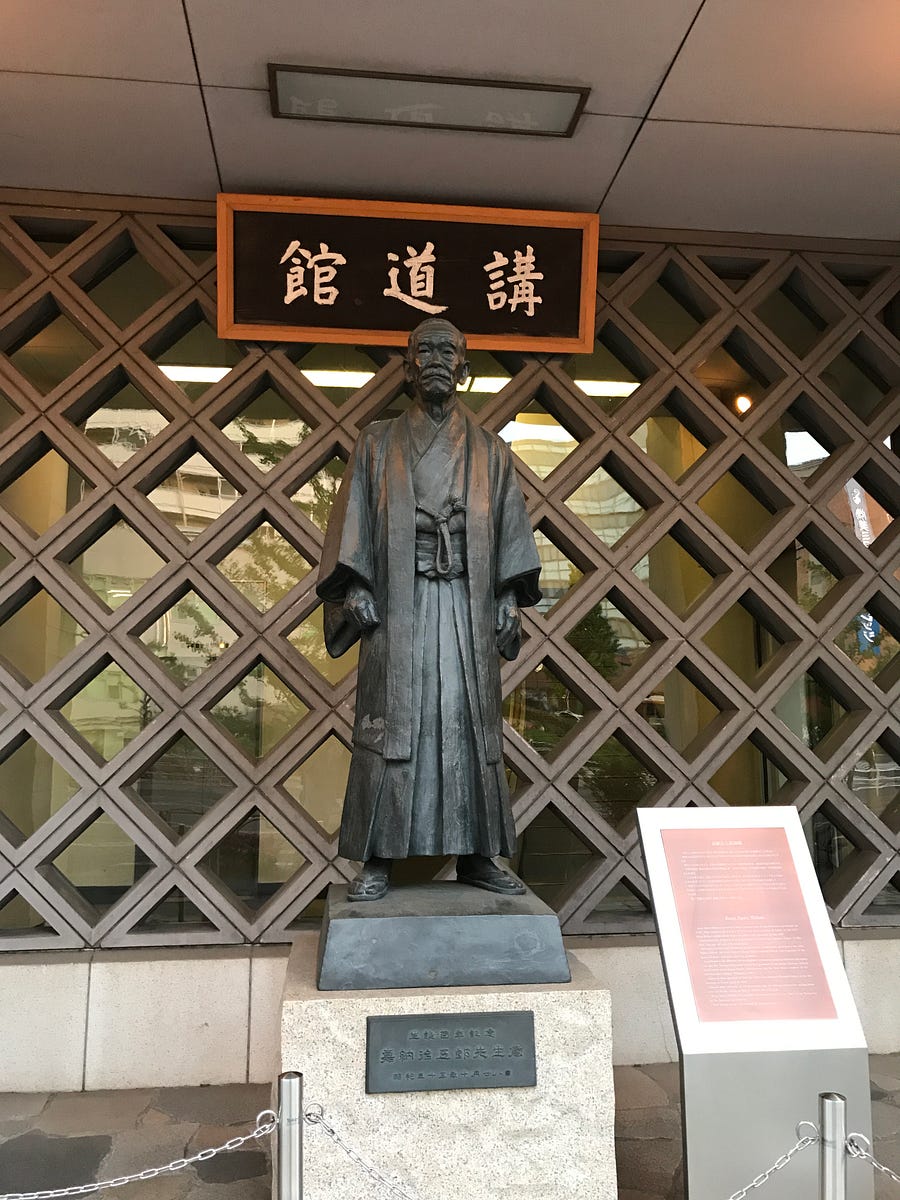
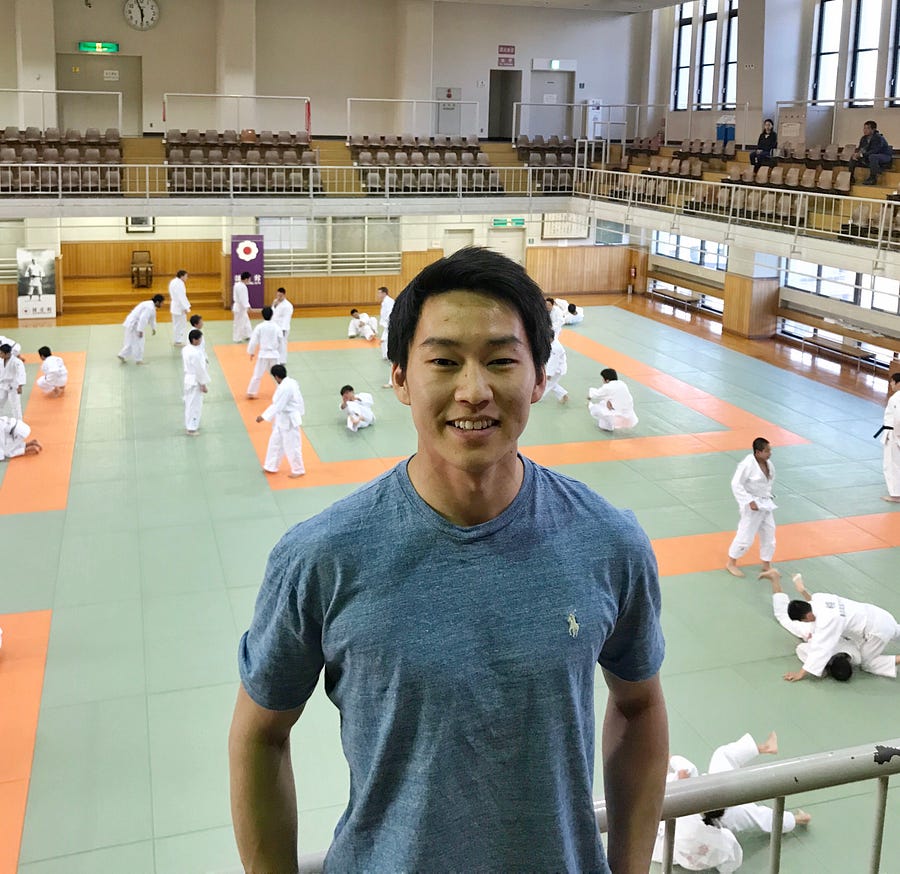
- Mt. Fuji — The famous Mt. Fuji is located about 130km (approximately 80miles) west of Tokyo. You can take a highway bus from Shinjuku to Mt. Fuji. The trip costs ¥2,700 (~$25 USD) and takes 2.5 hours. You can only climb Mt. Fuji during the climbing season (July to September), but you can still enjoy the magnificent view of Mt. Fuji while trekking or biking around Lake Kawaguchiko, one of the Fuji Five Lakes.
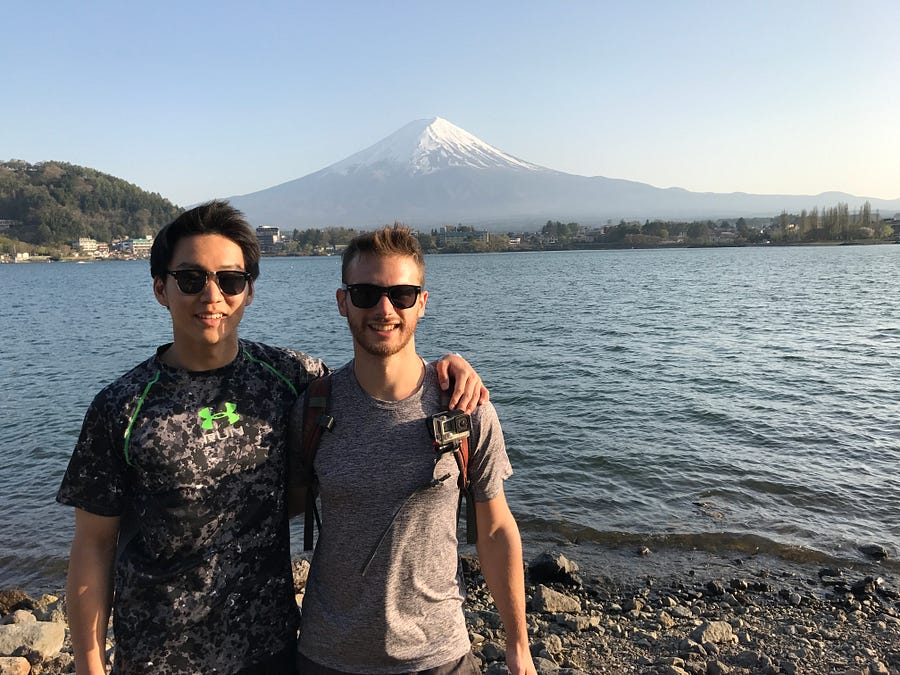
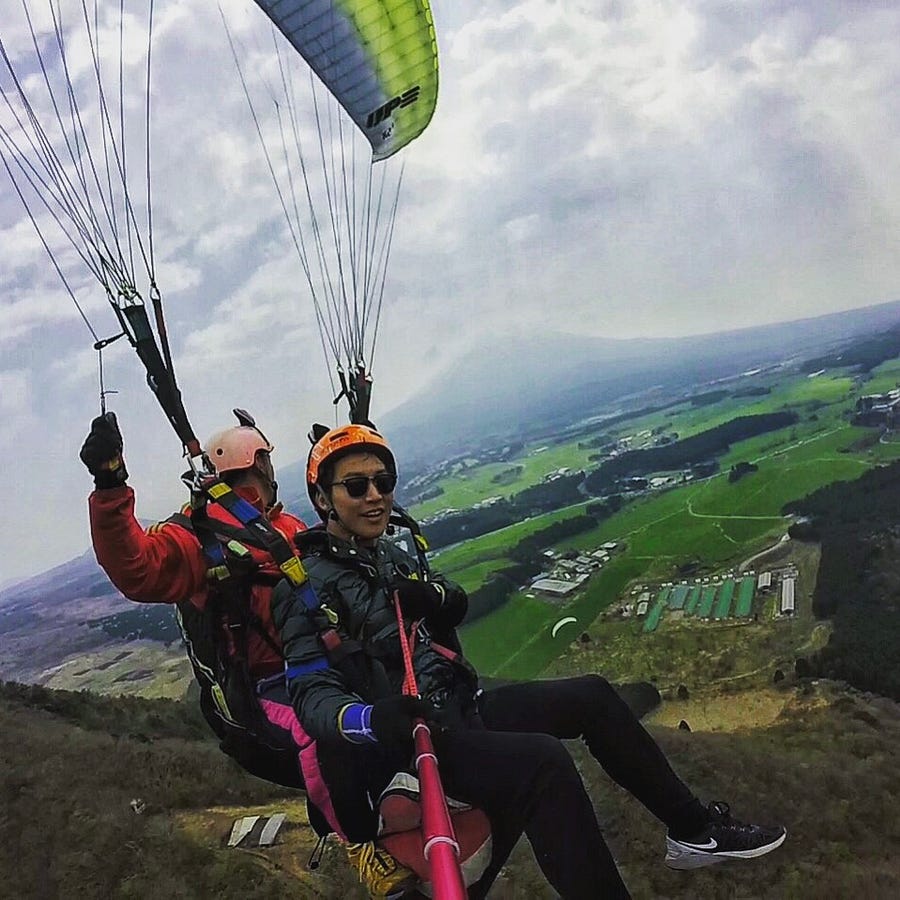
- Shibuya (Meiji Shrine / Harajuku) — In Shibuya, the Meiji shrine dedicated to Emperor Meiji is surrounded by Yoyogi park which creates an extensive park in the futuristic city. The park is adjacent to Harajuku which is known for its fashion and art scenes.
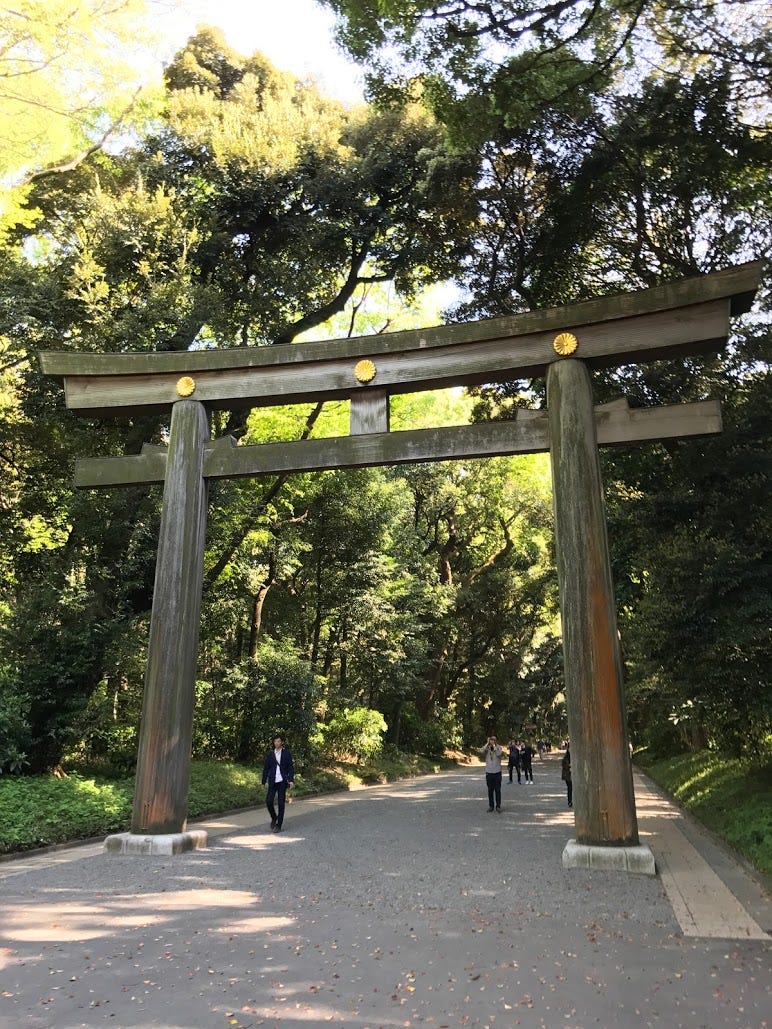
- Nightlife (Roppongi & Shinjuku) — Roppongi and Shinjuku are the most well-known night life districts in Tokyo with bars and clubs catered to different styles and preferences. Prepare to stay out all night as the public transportation stops operating around midnight and taxis are extremely expensive.
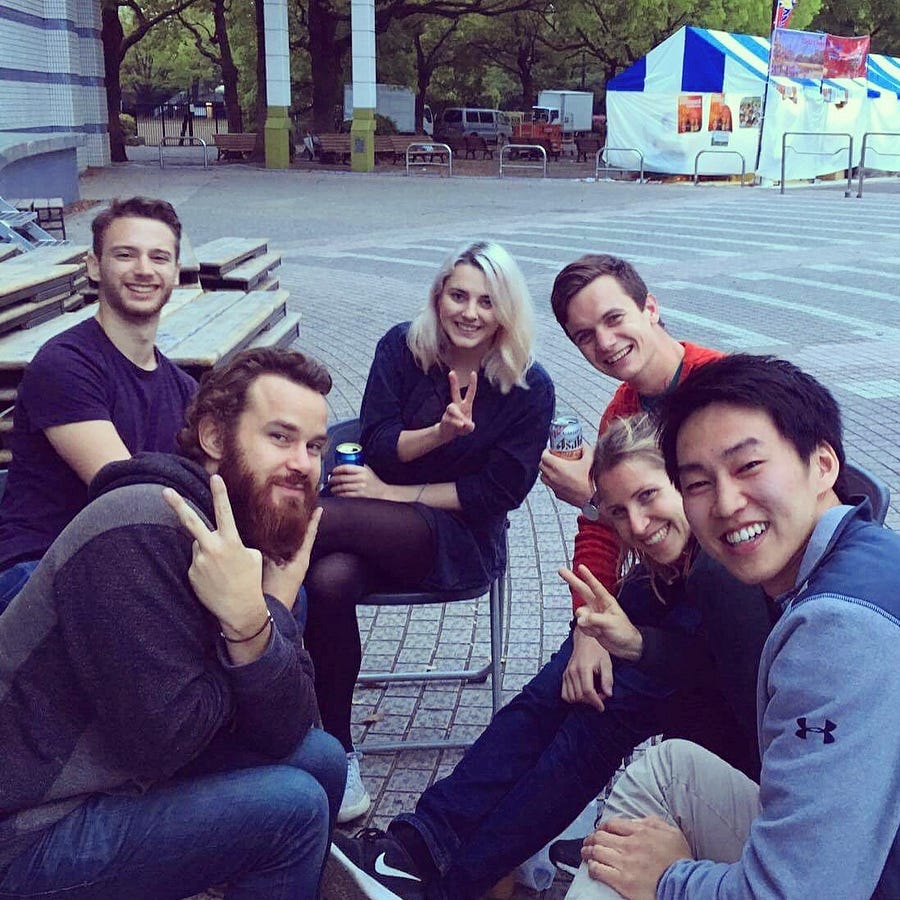
Hyperlinks
– Google Maps
– Website (Japanese)
– Website (English)
















Leave a Reply
Want to join the discussion?Feel free to contribute!